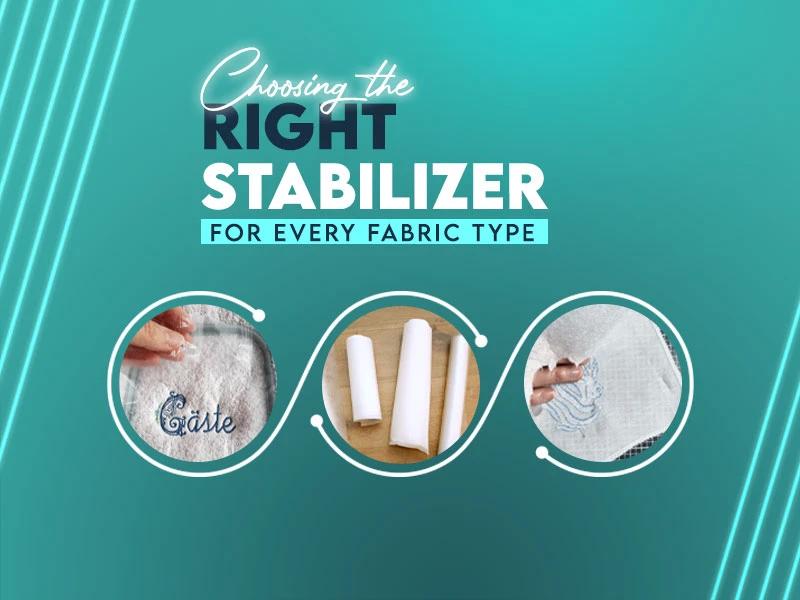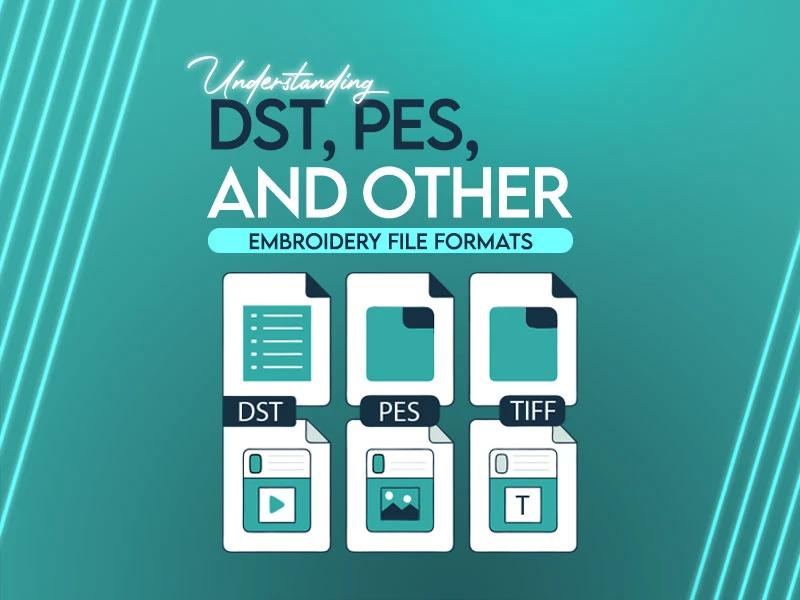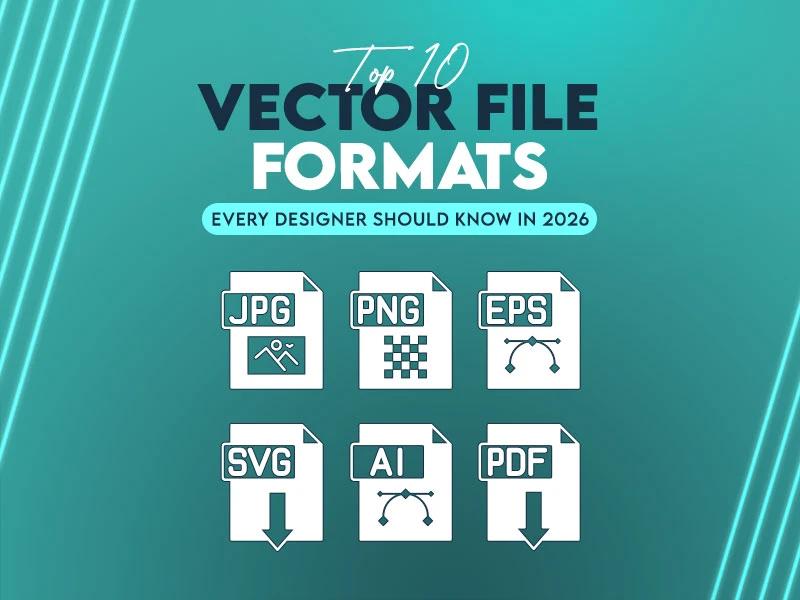Nick William has over two decades of experience in the embroidery digitizing industry, where he has earned 25 awards for his outstanding contributions to the field. As a 3rd generation embroidery expert, Nick’s passion for digitizing began early in life, working alongside his family in their embroidery workshop. Growing up in an environment steeped in craftsmanship, Nick learned the fundamentals of digitizing before computers transformed the process. His early exposure to manual techniques gave him a deep understanding of the craft, which he now combines with cutting-edge technology. Nick has worked with several leading commercial embroidery businesses, where he honed his skills and expanded his expertise. His ability to blend traditional techniques with modern software has made him a respected figure in the industry. Over the years, Nick has guided more than 75,000 home and professional embroiderers, helping them create precise, high-quality designs with ease. As a dedicated author at True Digitizing, Nick is passionate about sharing his knowledge with others. Through his detailed tutorials, expert advice, and hands-on tips, he has become a trusted resource for both beginners and experienced digitizers alike. Whether through written guides or digital content, Nick’s mission is to make embroidery digitizing accessible to all, while maintaining the highest standards of craftsmanship and quality.

Just a few days are left in Christmas and everyone is super excited about the lights, the music, the cookies, and of course, the gifts. There’s just something extra wonderful when a present is specially made with embroidery machines and has beautiful embroidery designs on it. That little stitched design turns a plain jacket, caps, shirt or stocking into something that feels truly personal and full of love.
This is the perfect time to get stitched Christmas embroidery designs for gifts. People absolutely love receiving stitched items, and these designs are some of the most popular ones for 2025. If you’re finding designs for your family, friends or even for yourself, here are the 25 best designs that will make your gifts unique.

When you see multi-needle embroidery for the first time, the thoughts that come to mind are speed, accuracy and price. Beginners start with single-needle machines and then they realize how difficult it becomes to handle color changes, detailed logos, caps, jackets and thread adjustments. A multi-needle machine solves these issues by giving you more control, speed and smooth stitching that doesn't break your flow.

When people try 3D puff embroidery on hats for the first time, they expect a clean raised finish. But in many cases, the foam shifts, the stitches break, the design looks flat or the hat gets ruined. These problems make the process stressful, especially when you are working on hats with complex designs. The fact is, 3D puff embroidery on hats only turns out right when the design, machine, foam and stitching all work together.
This guide covers everything in a simple and practical way so you can get a bold, smooth and clean raised look every single time.

If you have ever done embroidery on different fabrics, you know the stabilizer can make or break your project. One design turns out nice but the next one gets puckers or the stitches pull the wrong way. A lot of people get confused because every fabric acts differently. Some stretch, some are very thin, and some move a lot inside the hoop.
This happens over and over when you are not sure what stabilizer to pick. One small mistake wastes threads, fabrics and of course time. Selecting the right stabilizer is the most important step in embroidery. When the backing is correct, the design looks clean, sharp and professional but when the stabilizer is wrong, it ruins your design, fabric and everything.
In this blog, you will learn which stabilizer works best for different kinds of fabrics so you can stop the common problems and get the desired results.

Have you ever picked a nice picture to sew on your shirt? Then after you finish, the threads look bumpy or come loose after you wash them. That can make you sad. Many people who sew with machines have this problem. Do you wonder why your work does not look as good as what experts make? Or why does the thread break while you sew? The answer is easy. It is about the weight of the thread. The numbers 30wt, 40wt, or 60wt tell you if the thread is thick or thin. This number helps your work stay accurate, look nice and fit the clothes well.
In this guide, we will explain it one step at a time. You can stop guessing and make good stitches. Are you ready to learn? Let's start.

Holidays feel so special because people enjoy every moment with their families, celebrate every holiday with love and care, especially if Thanksgiving and Christmas come around. People decorate their homes, clothing and ready gifts with warm and cheerful embroidery designs. Every year brings new styles and these weeks between Thanksgiving and Christmas are the busiest for embroidery lovers. Many people start planning early, especially when they want their designs to look clean, colorful and ready for gifts or holiday events.
Below, we will see the top holiday embroidery trends from Thanksgiving through Christmas. These ideas are based on what people are looking for, what they want to gift and the styles that look great on winter fabrics or other objects.

You are ready to set your embroidery machine, load the design and start stitching. Everything looks fine until you turn the hoop over and see a bunch of thread tangled under the fabric. Ah! It feels so annoying. You notice loops, knots and messy thread that ruin your design, fabric and waste your time but don’t worry guys, this happens to many embroiderers. The good thing is, this common problem can be fixed easily.
In this informative post we’ll look at what thread nesting under fabric means, dig into why it happens and walk you through how to fix it and prevent it from happening again.

In the world of embroidery, understand your file formats is as important as picking the right needle or thread. Whether you’re a hobbyist working on your first cap or a business owner managing mass production and don't know about embroidery files, no worries, we bring this guide for you. As an embroiderer, you need to understand embroidery files like DST, PES and others that will save your time, money and frustration.
At True Digitizing, we help turn your art into embroidery designs and we believe that grasping the basics of file formats empowers you to make smart decisions. So let’s dive into what these formats really mean and how they affect your embroidery projects. Here we go.

2026 is just on the way and if you are a designer who wants to give the best in 2026, you need to know the right vector file formats. These formats let you make work that stays clear and can change size without problems. It looks good at any scale. But here is the truth. Some of these formats are true vector files. Others mix in raster parts or act as project files that designers use each day along with vector work. We will go over the top 10 for you. We will discuss when to use each one and will try to understand with clear examples. This blog will help you choose the correct format for your work so you don't dive into trouble again.